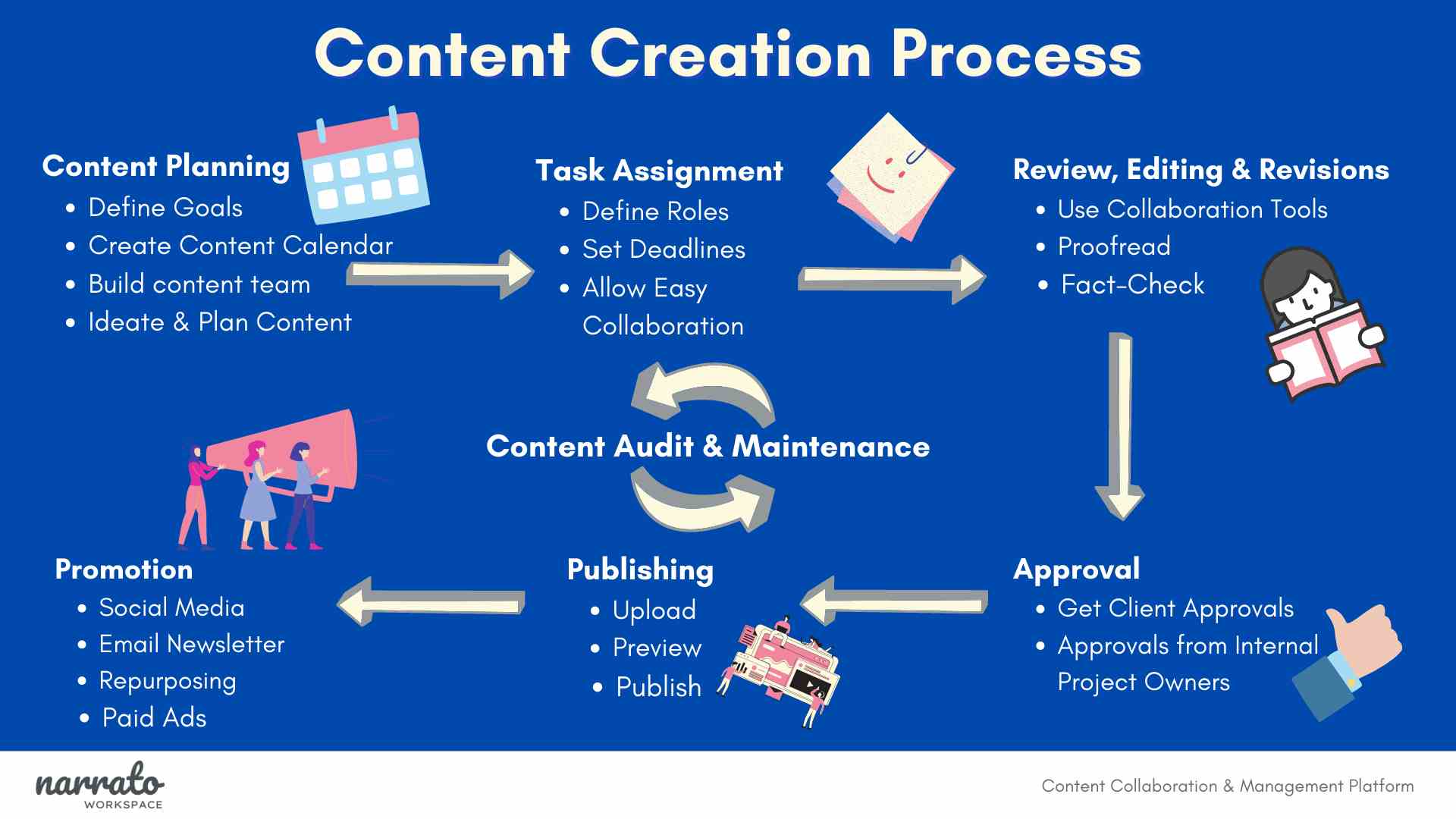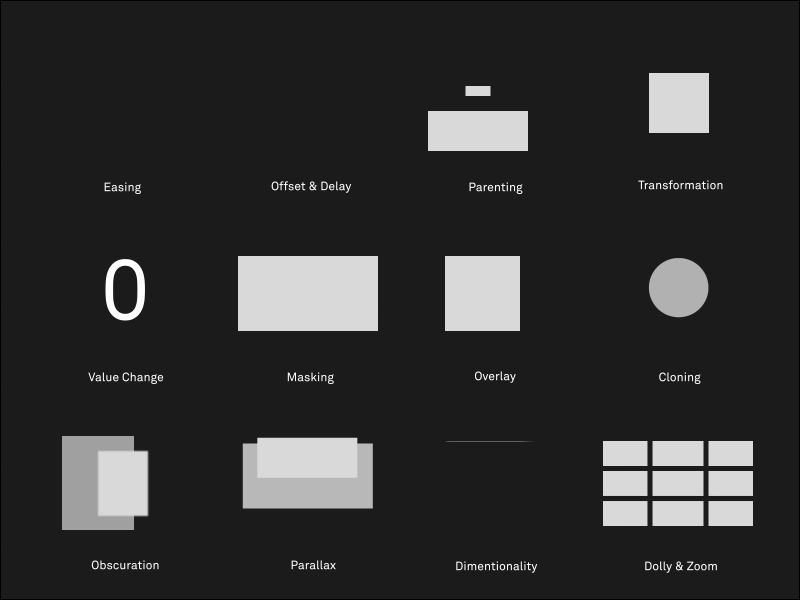
10 Tips for a great web developer portfolio
Table of contents
During the process of building my portfolio, I had to visit many great developers’ websites in order to get some inspiration.
In this post, I will try to summarize the experience and what I found while building my own portfolio in a list of 10 pro tips.
A great portfolio can help you to get your dream job as a developer, as it showcases your skills and personality. But what is a portfolio?
A portfolio is ...
Here is a definition from tufts university: "An online portfolio (may also be called a digital portfolio or e-portfolio) is an online representation of work you have created, as well as your skills and experiences. It could be a website, blog, or even a video channel. It could include your resume, a summary of qualifications and skills, images of class projects or design samples, audio and video, charts and schematics, process flows, and more."
From this definition, we can say that a portfolio, in general, is a collection of work samples and other documents that demonstrate your skills, experiences, and accomplishments. Still, in this article, we will focus only on websites, and exactly how to make an awesome portfolio as a web developer.
Start with a plan

Having a clear plan will make your work easier and more efficient. Personally, I like to use pen and paper to capture my ideas and plans.
Those are the steps I follow during the planning process, feel free to customize and add your own touch as needed:
- Define your goals and identify your audience
- Have a look at other devs' portfolios to be inspired
- Brand yourself: name, logo, colors, slogan ...
- List all pages you want to include in your portfolio, like Home, about, works, contact, and skills ...
- Prototype UI components like Header, navbar, footer, cards, modals ...
- Prototype pages sections and content
- Organize your ideas and prototypes, and get ready for the code.
It’s important to put more time into planning and studying all possible cases. Also, you have to take breaks to refresh your ideas.
Keep it simple

Your portfolio is you, so you will try to put all features and functionalities you know there, and that will distract your visitors.
For that reason, it’s important to include only information that your visitors would love to know about you, like who you are, what you can do, and what you did before.
I don’t say remove things, but simplify them and try to express yourself using fewer elements and words.
And here are some tips to create a simple and attractive portfolio:
- Everything in your design must have a purpose.
- Identify what action you want your visitors to take.
- Don’t use more than three main colors.
- Don’t use more than three main fonts.
- An image is worth 1000 words, so use them wisely as much as possible.
- Don’t use a lot of animations.
Be honest
You will try to cram your portfolio with skills and abilities you may think you have in order to attract more clients and opportunities.
This may give your interviewer high expectations, and if you’re not capable enough, it will lead to unexpected rejection.
A few months ago, I published the first version of my portfolio, where I introduced myself as a software engineer and problem solver because I believed that being able to build simple games with JavaScript qualified me as a problem solver.
A few days later, I got an interview for a front-end engineer position.
During the interview, I was asked to solve a medium problem from leetcode. And guess what? I couldn’t.
And all of that was because I was not honest with myself. I thought that I had enough skills to take engineering positions and that was not the case.
List only skills you are really good at. If you don’t have any, just try to take more courses, build more projects and test yourself to detect your pain points.
Being honest will help you to improve and avoid embarrassing situations.
Be yourself
Everyone has a distinct identity and personality that sets them apart. Imitating others can be useful sometimes, but it's important to remember to stay true to your own unique qualities and personality.
The same thing is applied here, being yourself in your portfolio is important because it helps you stand out and show your unique personality and perspective.
Showcase your interests and passions by including projects or experiences that reflect them. This will give your audience a personal view of who you are.
In addition to that honesty is also crucial in building trust between you and your audience.
Be selective
At some point, you have to choose projects and details to include in your portfolio. And that choice may be challenging, due to having built many projects or not feeling satisfied with your existing work.
In all cases, you have to select and make decisions about which projects to include in your portfolio. Another important point is that you have to review your portfolio regularly and update it with new and relevant projects as you gain new skills and experience.
Be sure to choose projects that you are proud of and that you can confidently talk about during an interview. It is also a good idea to tailor your portfolio to align with the specific requirements or interests of the job you are applying for.
Create content
You may think that your job as a developer is just to write code, test, and deploy. What am I supposed to do with content creation?
That’s a valid question, I was thinking that way too, but with a little bit of effort, content creation can bring a lot of benefits to your career as a developer.
By creating content, you can demonstrate your expertise and establish yourself as a thought leader in your field, which can lead to new opportunities, such as speaking engagements or job offers.
It also helps the community to grow, by sharing your knowledge and experience, you will make the life of other developers much easier and more efficient.
In addition to improving your technical skills, content creation can be a rewarding experience that helps you improve your communication skills, which can be beneficial in your career.

To start content creation, you have to choose your niche if you want to be more specialized, a platform to post on, and plan out your activity by determining the topics you will cover and when you will post.
Just start, and the experience will teach you, just remember one thing: consistency is the key.
Be Social
As you may hear before, social media apps are a double-edged sword, they can be a powerful tool for connecting with others, promoting, and staying up-to-date with the latest trends and technologies.
However, they can also be a source of distraction and waste time, they can have negative impacts on mental health if not used responsibly.
As a developer looking for a job or trying to build a personal brand, social media is the right tool to use, your potential interviewers and clients are there, you have to take the initiative and promote yourself and your work.
In the real world, being social is important for building relationships, networking, and achieving success in your career.
This is especially true for developers, as the tech industry is highly collaborative and often requires the ability to teamwork and communicate effectively.
Make it responsive

The majority of your visitors are likely to be using a mobile device or devices with different screen sizes. It’s important to take that into consideration while designing.
Supporting small devices is a must, you have to ensure that your portfolio will display properly and function effectively on a variety of devices and screen sizes.
A responsive website automatically adjusts its layout and content to fit the screen size and resolution of the device used to view it, ensuring that the website is easy to navigate and read on any device.
Making a website responsive can be a challenging task for web developers, but these tips can help make the process easier:
- Use the mobile-first approach: start with the mobile version before creating a version for the desktop.
- Prioritize and hide unnecessary content for mobile users.
- Create fluid grids and images.
- Pay attention to typography and font size in different screen sizes.
Animate things
In UI design, animations are important tools that add interactivity and make your UI more interesting for users. However, they can also lead to user distraction and confusion if not used properly.
Therefore, using animation in your portfolio will help you to guide your visitors’ attention and communicate complex ideas effectively.
It’s important to remember that every animation must serve a specific purpose. And here are some examples of basic animations to consider using in your portfolio:

Be available
Great, you have an awesome portfolio with tons of interesting projects and a brilliant UI design. Any hiring manager will do the impossible to schedule an interview with you.
Unfortunately, it's not only about having an awesome portfolio, being available and easy to reach out to you is also important, so make sure your contact information is up to date. This can greatly increase the chances of being contacted for an interview and getting more opportunities.
Availability also means helping others through mentoring, collaborating, or sharing resources and knowledge.
In short, being available means not only having an open schedule, but also an open mind and a willingness to help and learn from others.
Conclusion
Having a strong portfolio is crucial for web developers to showcase their skills and experiences to potential clients and employers.
The tips provided in this blog post can help you create an effective and professional portfolio that stands out.
It is important to remember that a portfolio is a living document and should be constantly updated and refined as a web developer gains new skills and experiences.
